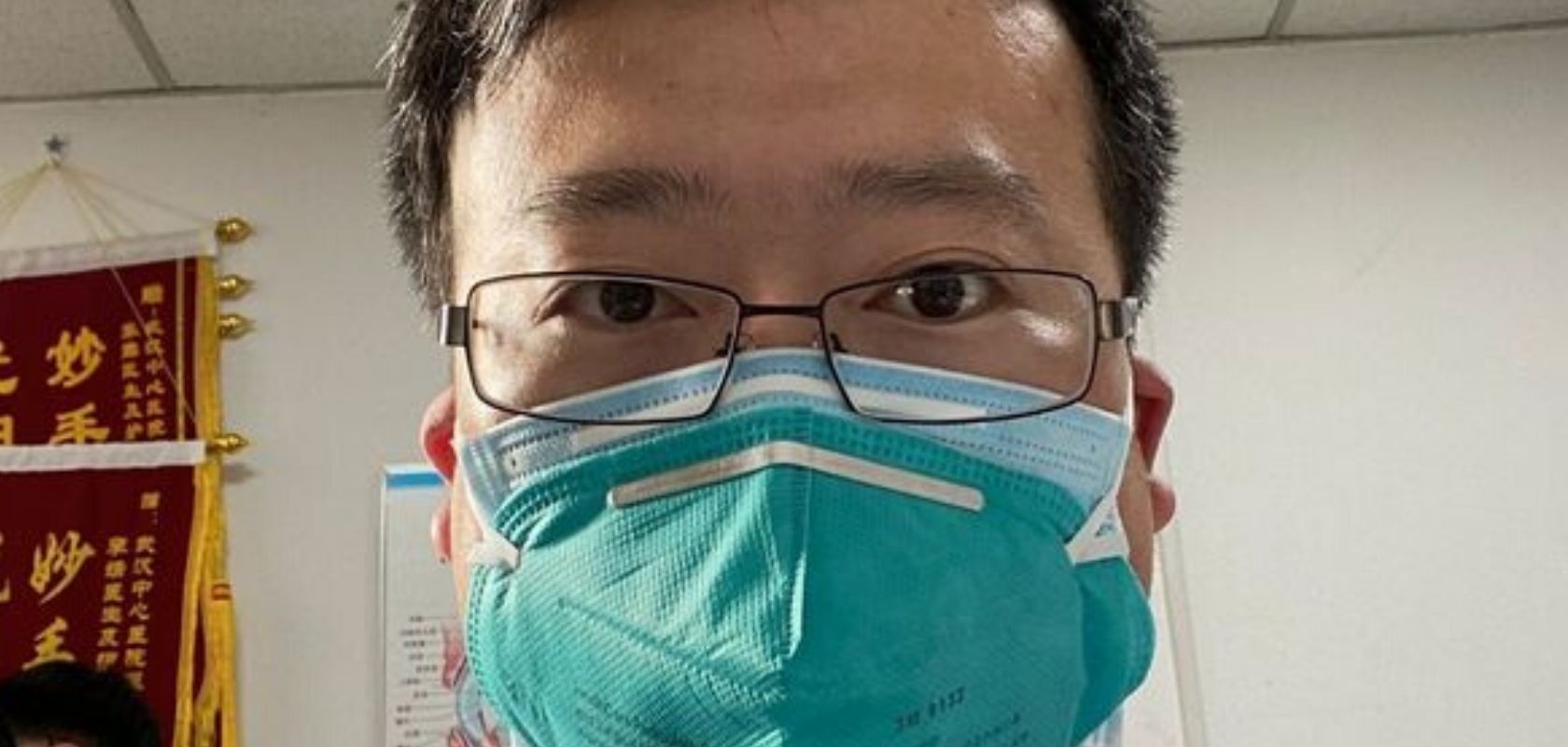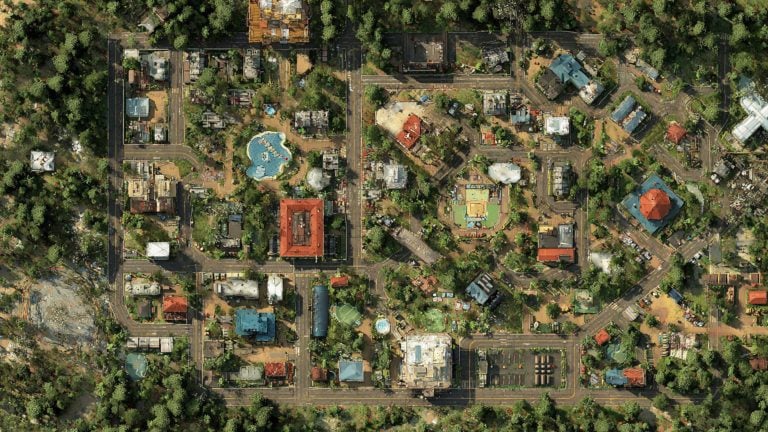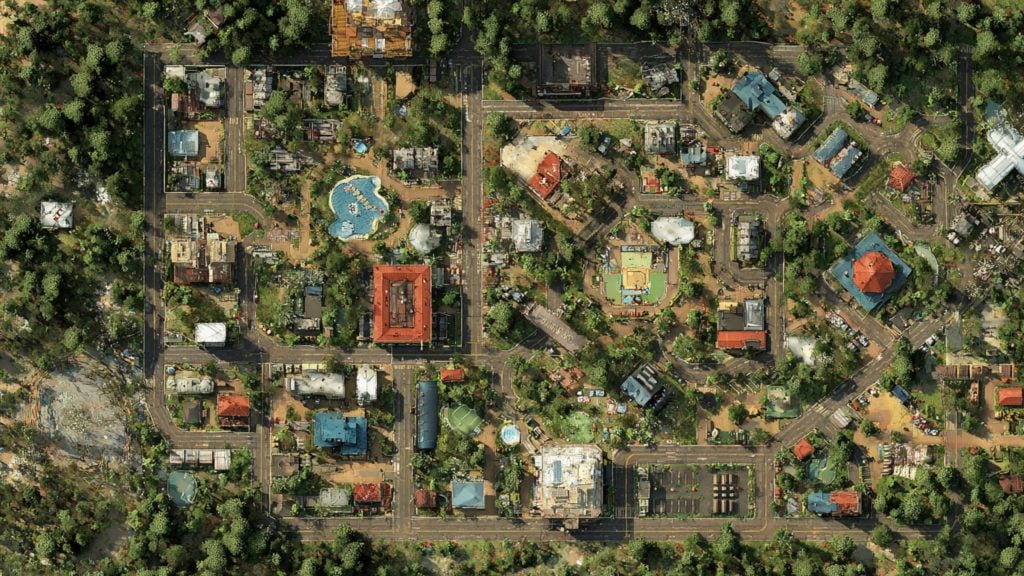In attempts to suppress the news about the coronavirus epidemic, the Chinese government took the doctor that first predicted the outbreak of the said virus into custody.
Dr. Li Wenliang worked at a hospital in Wuhan, the Chinese city where the coronavirus first broke out.
Way before the news of the epidemic came out, and only when just seven patients were confirmed as infected, Dr. Wenliang messaged in a group chat with his students saying, “Quarantined in the emergency department.”
One of the students replied saying, “So frightening” while asking whether the virus could be as lethal as the SARS epidemic that previously killed 800 people in China.
Three days after the prediction and the messages sent by Dr. Wenliang in the students’ group, police authorities showed up at his doorstep in the middle of the night to arrest him.
Furthermore, he was made to sign a statement saying that his behavior was “illegal”, as reported by The New York Times.
The Chinese government’s approach towards dealing with the virus outbreak has attracted criticism as the government has preferred suppressing the issue from public and media instead of dealing with it promptly and spreading awareness.
“This was an issue of inaction. There was no action in Wuhan from the local health department to alert people to the threat,” said Yanzhong Huang, a senior fellow for global health at the Council on Foreign Relations.
It was further revealed that the Chinese government’s reluctance in going public was partly due to political motivations as several local Chinese officials were preparing for their annual congresses in January.
So, as cases kept mounting on, many officials maintained silence on the issue and reported that there were no more infections.
Based on what several public health experts say, China has lost an invaluable opportunity to control the disease outbreak in its initial stages as a result of its action and attempts to suppress the news.
Currently, the coronavirus outbreak has surpassed the SARS epidemic that occurred in 2003.
Due to the severity of the condition, a new 1000-bed “hospital” has also been built in a short span of eight days to tackle the increasing patient flow and accommodate more people.










